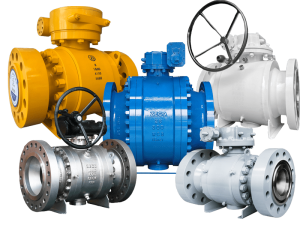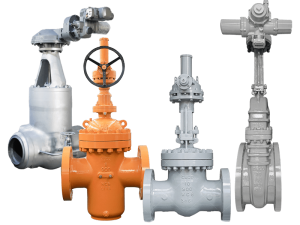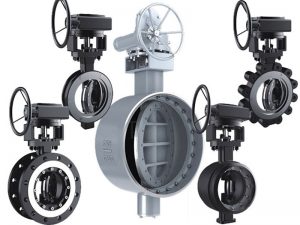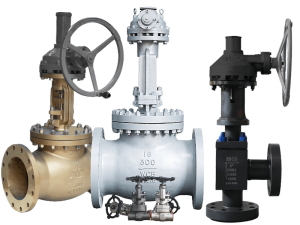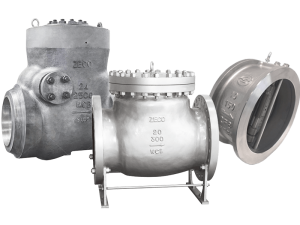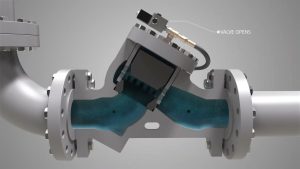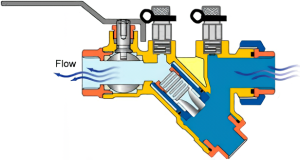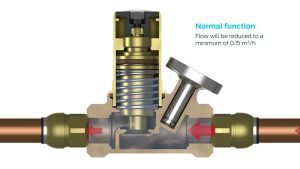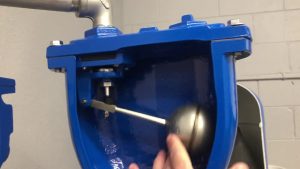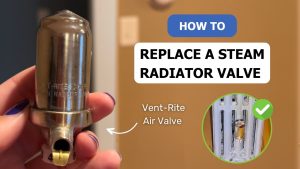Hey there! Today I’m diving into a question I get asked all the time by engineers and plant managers: can butterfly valves effectively control flow?
The short answer? Yes, butterfly valves can definitely be used for flow control, but their effectiveness depends on proper sizing, installation, and system design. Like most things in engineering, the devil’s in the details.
Let me break down everything you need to know about using butterfly valves for flow control applications, based on my experience working with industrial systems and conversations with valve experts across various industries.
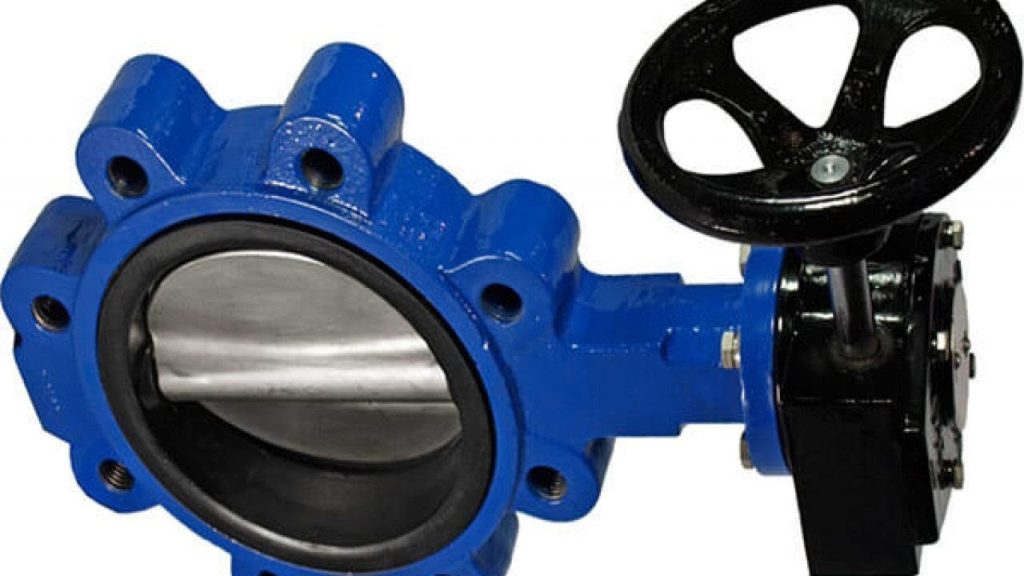
Table of contents
- What Makes Butterfly Valves Attractive for Flow Control
- The Flow Control Characteristics of Butterfly Valves
- Real-World Applications Where Butterfly Valves Excel
- When Butterfly Valves Struggle with Flow Control
- Best Practices for Implementing Butterfly Valves for Flow Control
- The Smart Approach: Modified Butterfly Valves
- Case Study: Butterfly Valve Success in Industrial Cooling
- Maintenance Considerations for Control Applications
- Making the Right Decision for Your Application
- Conclusion
What Makes Butterfly Valves Attractive for Flow Control
Butterfly valves consist of a rotating disc mounted on a stem within a pipe. When the disc rotates parallel to flow, the valve is fully open, and when rotated 90 degrees, it completely blocks the pipe. This simple mechanism offers several advantages:
- Compact design that requires minimal space
- Cost-effectiveness compared to globe or control valves
- Lighter weight than most alternatives
- Fast operation from fully open to fully closed
- Lower pressure drop when fully open
These benefits make butterfly valves appealing for many applications, but before you specify them for your next project, you need to understand their control characteristics.
The Flow Control Characteristics of Butterfly Valves
When it comes to control performance, butterfly valves have a distinct non-linear flow characteristic. Here’s what that means in practice:
Inherent Flow Response
The relationship between disc position and flow rate isn’t straightforward. During the first 20-30° of rotation from closed position, you’ll see minimal flow increase. Then from about 30-70°, the flow increases rapidly (this is where you get the most control sensitivity). Finally, as you approach fully open, additional rotation yields diminishing flow increases.
This creates what valve engineers call a “modified equal percentage flow characteristic” – quite different from the linear response you might prefer for precise control.
Rangeability Limitations
Most standard butterfly valves offer a rangeability of about 10:1 to 15:1, meaning they can effectively control down to about 6-10% of their maximum flow. This is considerably less than specialized control valves that might offer 50:1 or better.
Real-World Applications Where Butterfly Valves Excel
Despite their limitations, butterfly valves successfully control flow in numerous applications:
- Water treatment plants: Controlling large volume water distribution where moderate precision is acceptable
- HVAC systems: Regulating cooling water flow where cost-effectiveness is crucial
- Process industries: Managing non-critical flows where tight control isn’t required
- Wastewater systems: Handling large-diameter pipes where space and cost constraints exist
I visited a municipal water treatment facility last year where butterfly valves controlled the main distribution system perfectly. The plant manager told me they saved nearly 30% on valve costs while maintaining acceptable control precision for their application.
When Butterfly Valves Struggle with Flow Control
Let’s be honest about where these valves aren’t ideal:
- Precision chemical dosing: When accuracy within 1-2% is needed
- High-pressure drops: When cavitation or flashing is a concern
- Very low flow rates: When you need to control below 10% of maximum flow
- Slurry applications: When abrasive media could damage the disc edges
For these scenarios, globe valves, needle valves, or specialized control valves often make more sense.
Best Practices for Implementing Butterfly Valves for Flow Control
If you’ve determined butterfly valves will work for your application, here are my tested recommendations to maximize their control performance:
Sizing and Selection
Don’t just match your butterfly valve to line size! This common mistake leads to poor control. Instead:
- Size the valve based on your control requirements, not just pipe diameter
- Consider selecting a valve one size smaller than line size for better control range
- Evaluate the Cv requirements across your entire operating range
- Choose high-performance butterfly valves with eccentric disc designs for better control characteristics
Installation Considerations
How you install the valve dramatically affects its control performance:
- Provide adequate straight pipe runs (5-10 pipe diameters upstream, 3-5 downstream)
- Install the valve at least 6-10 pipe diameters from turbulence sources like pumps or elbows
- Ensure sufficient clearance for disc rotation and actuator movement
- Consider flow direction relative to the disc for best performance
Control System Integration
Make the valve work with your control system:
- Use a good quality positioner to improve response
- Tune your control loop to account for the valve’s non-linear characteristics
- Aim for operation within the 20-80% valve opening range where control is most effective
- Consider characterization in your control system to linearize response
The Smart Approach: Modified Butterfly Valves
If you need better control but still want the benefits of butterfly designs, consider these enhanced options:
- High-performance butterfly valves with eccentric disc designs
- Characterized butterfly valves with modified disc shapes
- Triple-offset butterfly valves for improved sealing and control
These specialized designs can offer control characteristics closer to globe valves while maintaining most of the butterfly valve advantages.
Case Study: Butterfly Valve Success in Industrial Cooling
A manufacturing client of mine was skeptical about using butterfly valves for their process cooling system. They worried about control precision but needed to stick to their budget.
We implemented 6-inch high-performance butterfly valves with digital positioners and made sure to:
- Size the valves specifically for their flow control range
- Install with proper straight runs to minimize turbulence
- Configure the control system to address the non-linear response
The result? Control accuracy within ±3% of setpoint across their operating range, energy savings from reduced pressure drop, and approximately 40% cost savings compared to globe valve alternatives.
Maintenance Considerations for Control Applications
When using butterfly valves for control, maintenance becomes even more critical:
- Regular inspection: Check seals and disc edges for wear that could affect control characteristics
- Actuator calibration: Verify positioner accuracy quarterly
- Stem packing: Monitor for leaks that could affect smooth operation
- Lubrication: Maintain moving parts per manufacturer recommendations
These simple steps help ensure consistent control performance throughout the valve’s life.
Making the Right Decision for Your Application
So, can butterfly valves be used for flow control? Absolutely, but success depends on making informed choices.
Consider these factors when deciding:
- How precise does your control need to be?
- What’s your typical operating range as a percentage of maximum flow?
- What are your space and weight constraints?
- What’s your budget for initial investment versus long-term operation?
- How critical is the application to your overall process?
For moderate control applications with larger pipe sizes, butterfly valves often provide the best balance of performance, space efficiency, and value.
Conclusion
Butterfly valves can indeed be effective for flow control when properly applied, sized, and installed. While they won’t match the precision of specialized control valves in demanding applications, their cost-effectiveness and compact design make them ideal for many moderate-control scenarios.
The key is understanding their inherent characteristics and working within their strengths. By following the best practices outlined above, you can successfully implement butterfly valves for flow control in numerous applications.
Remember that valve selection always involves tradeoffs between cost, performance, and maintenance requirements. For many applications, a properly implemented butterfly valve hits the sweet spot in this balance.
So, can butterfly valve be used for flow control? Yes – but like any engineering decision, success lies in understanding the application requirements and selecting the right tool for the job.

